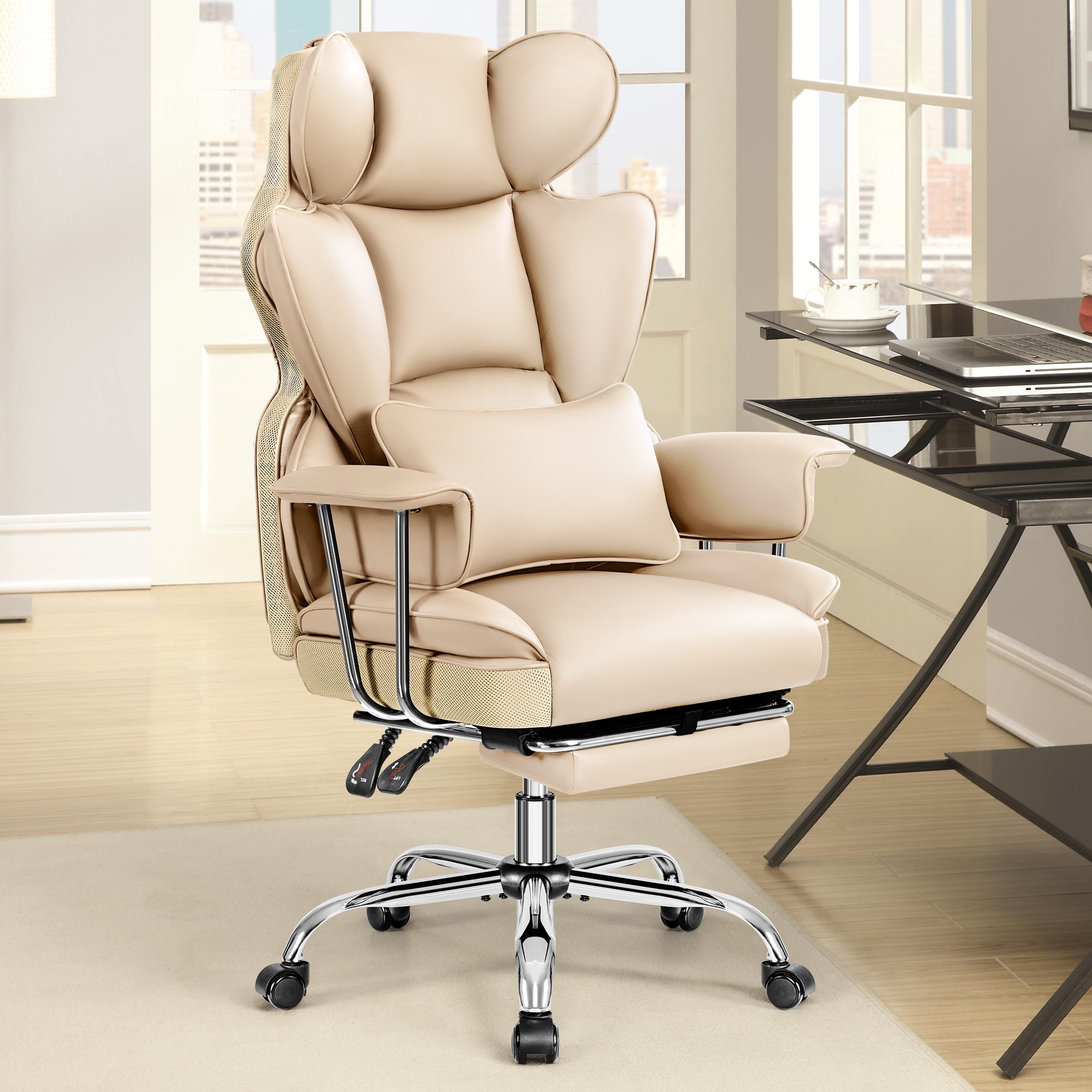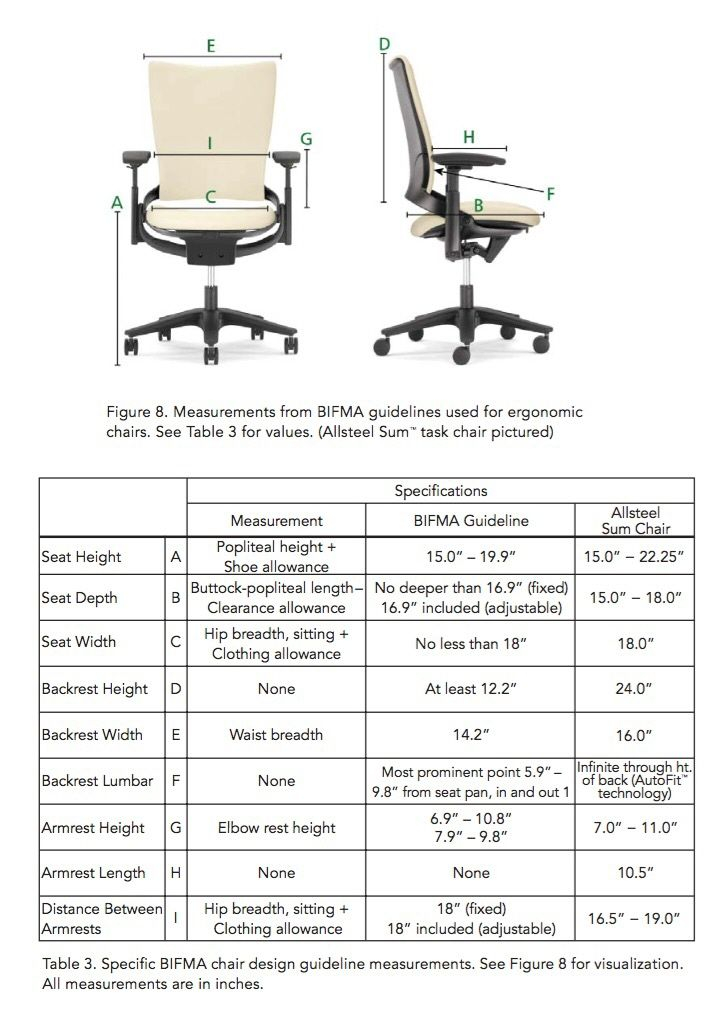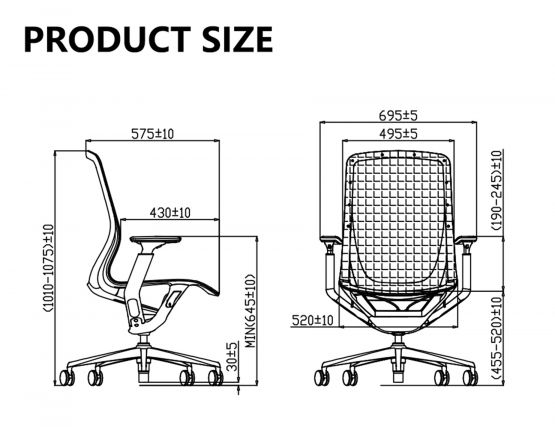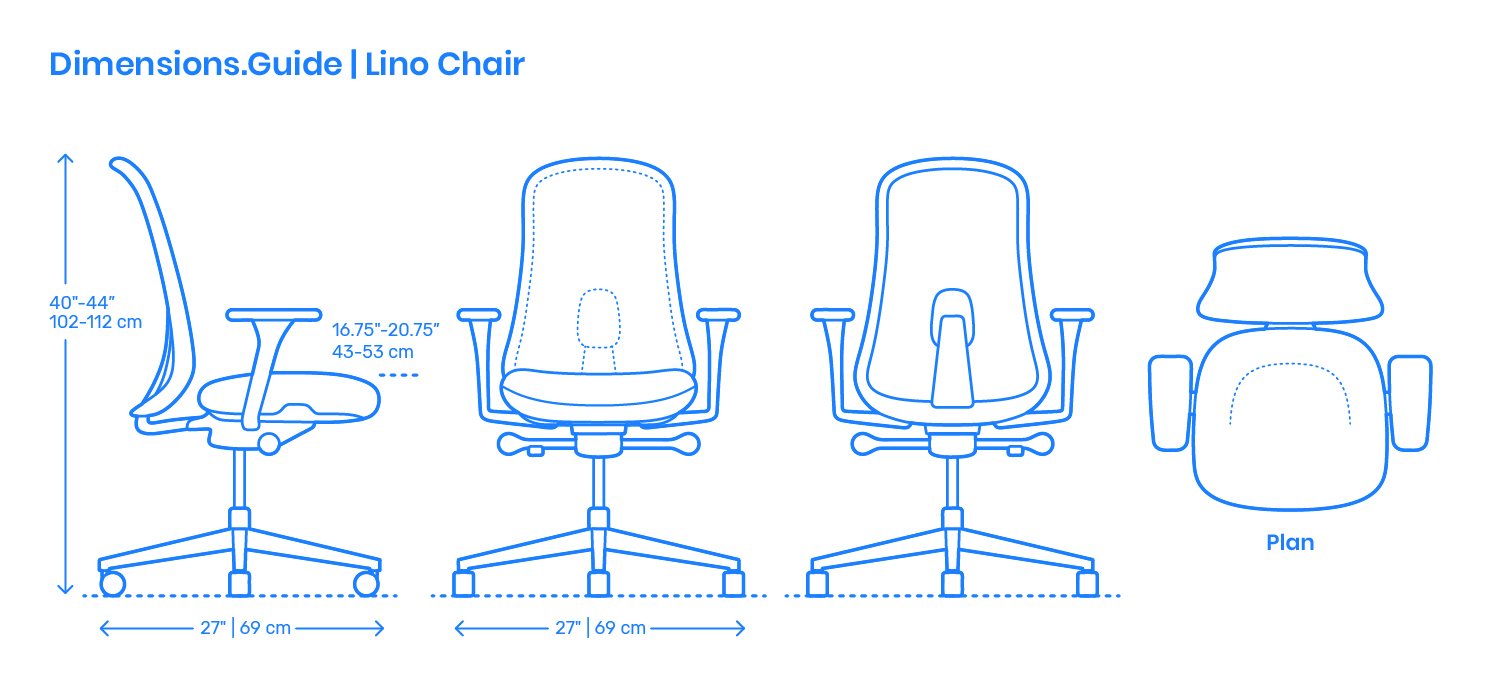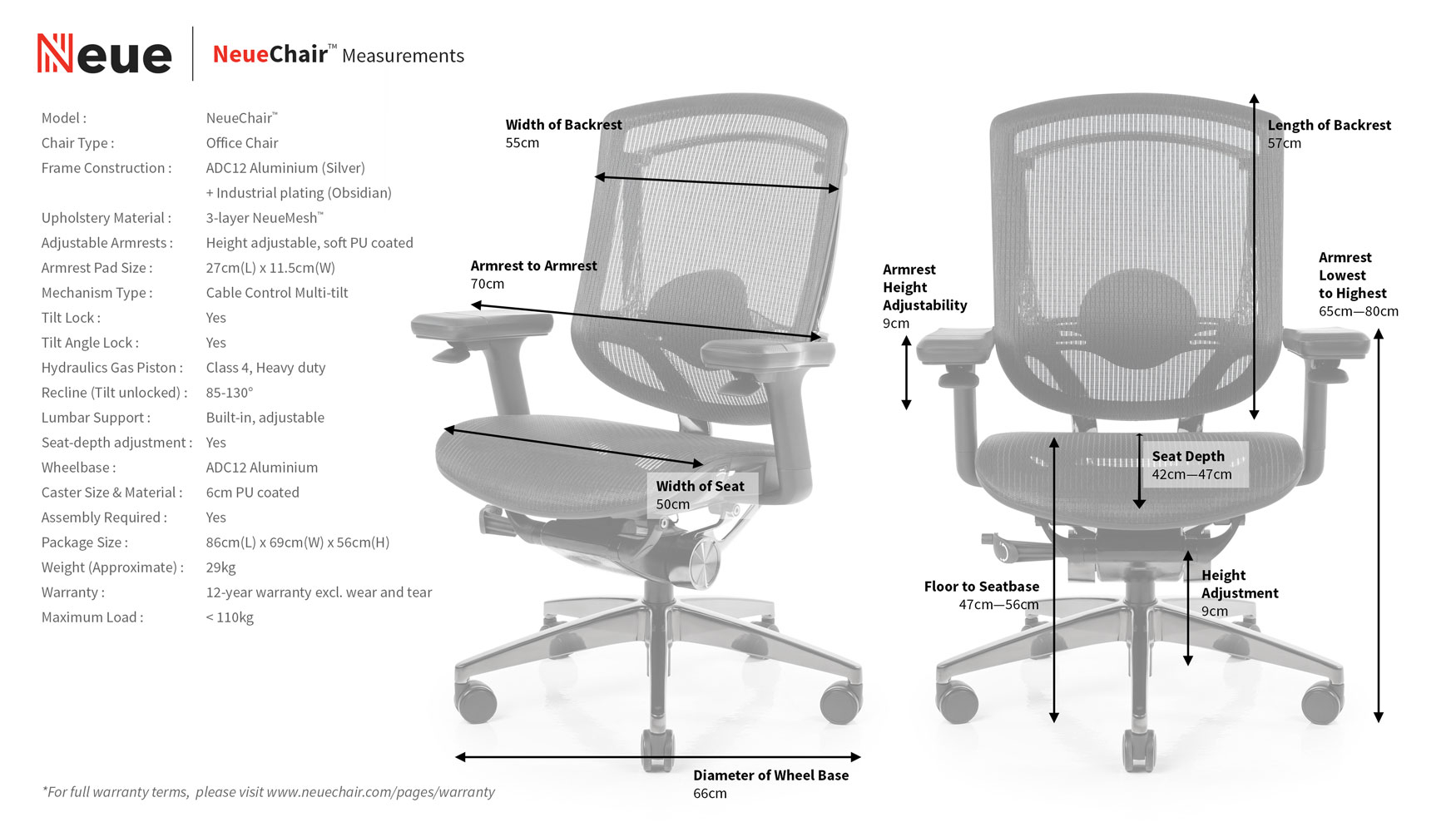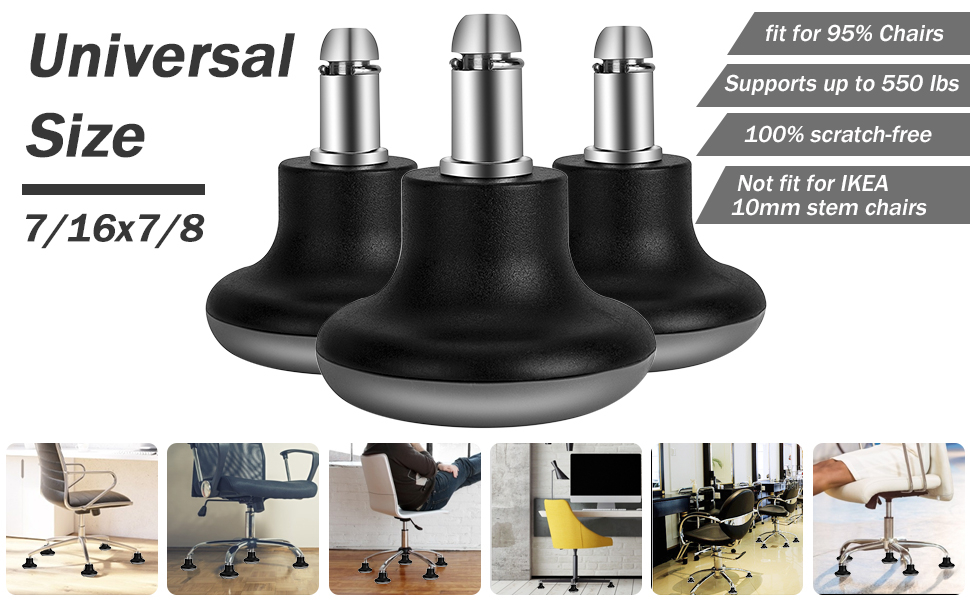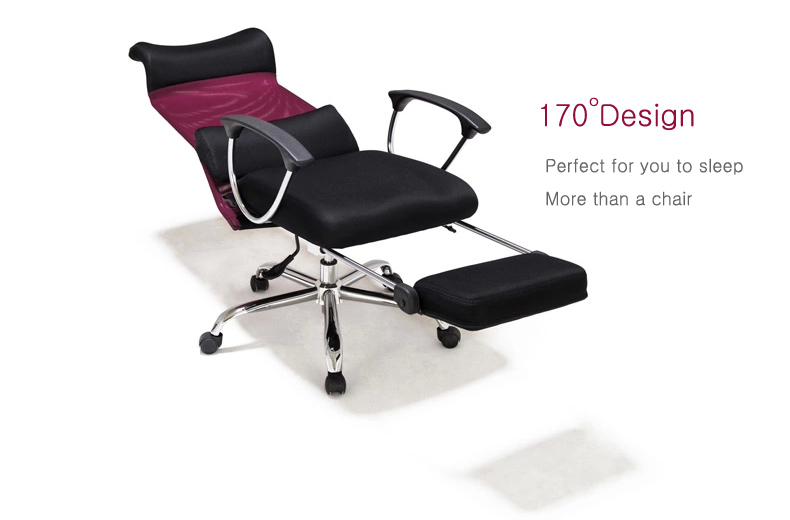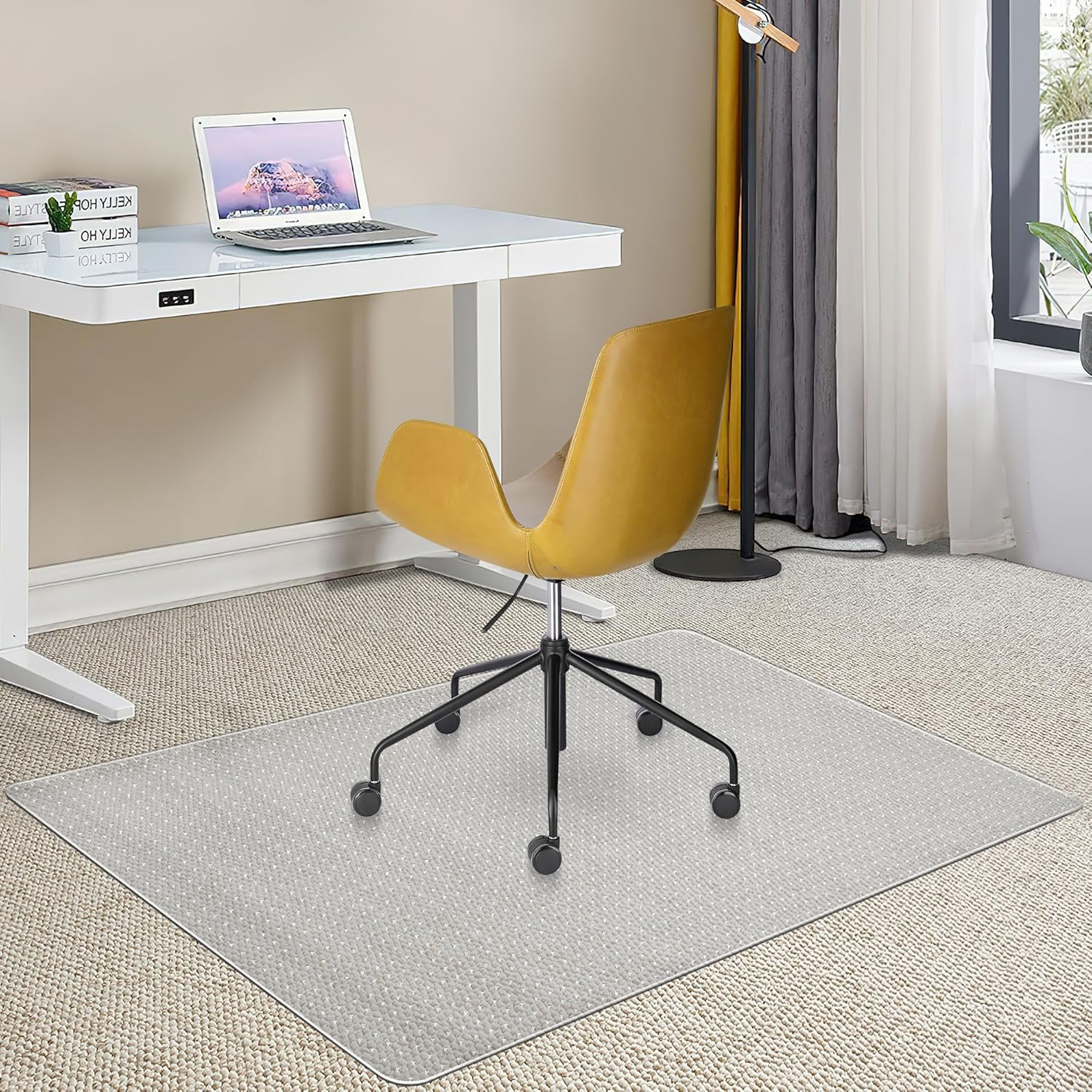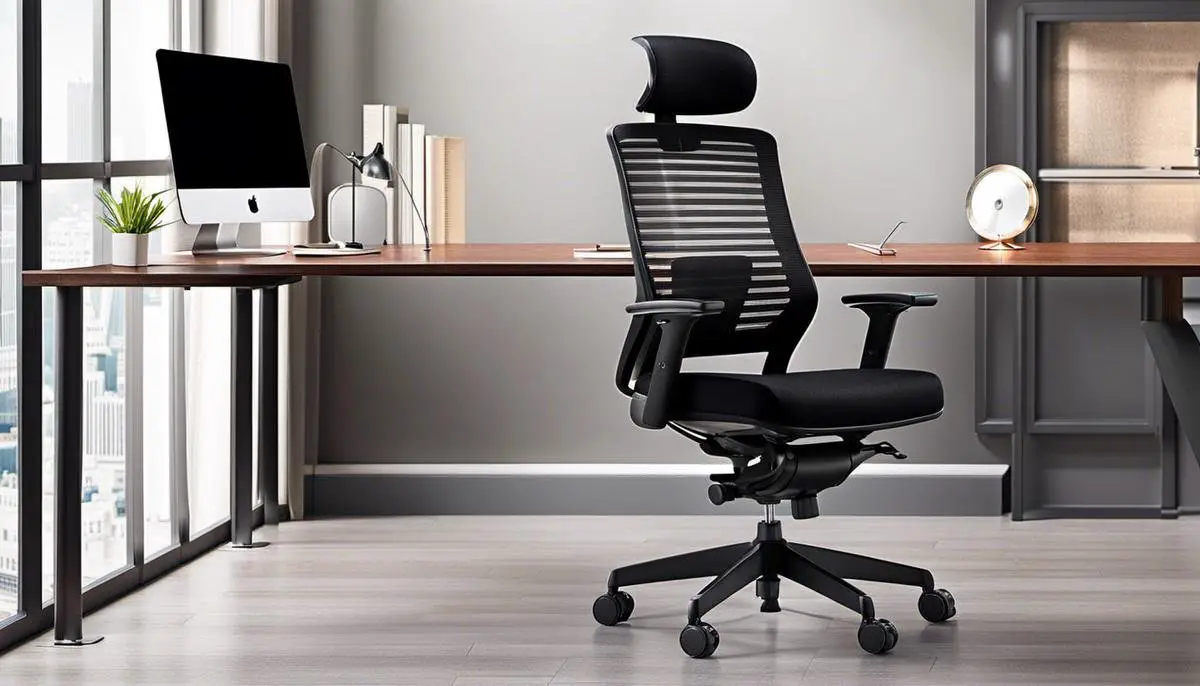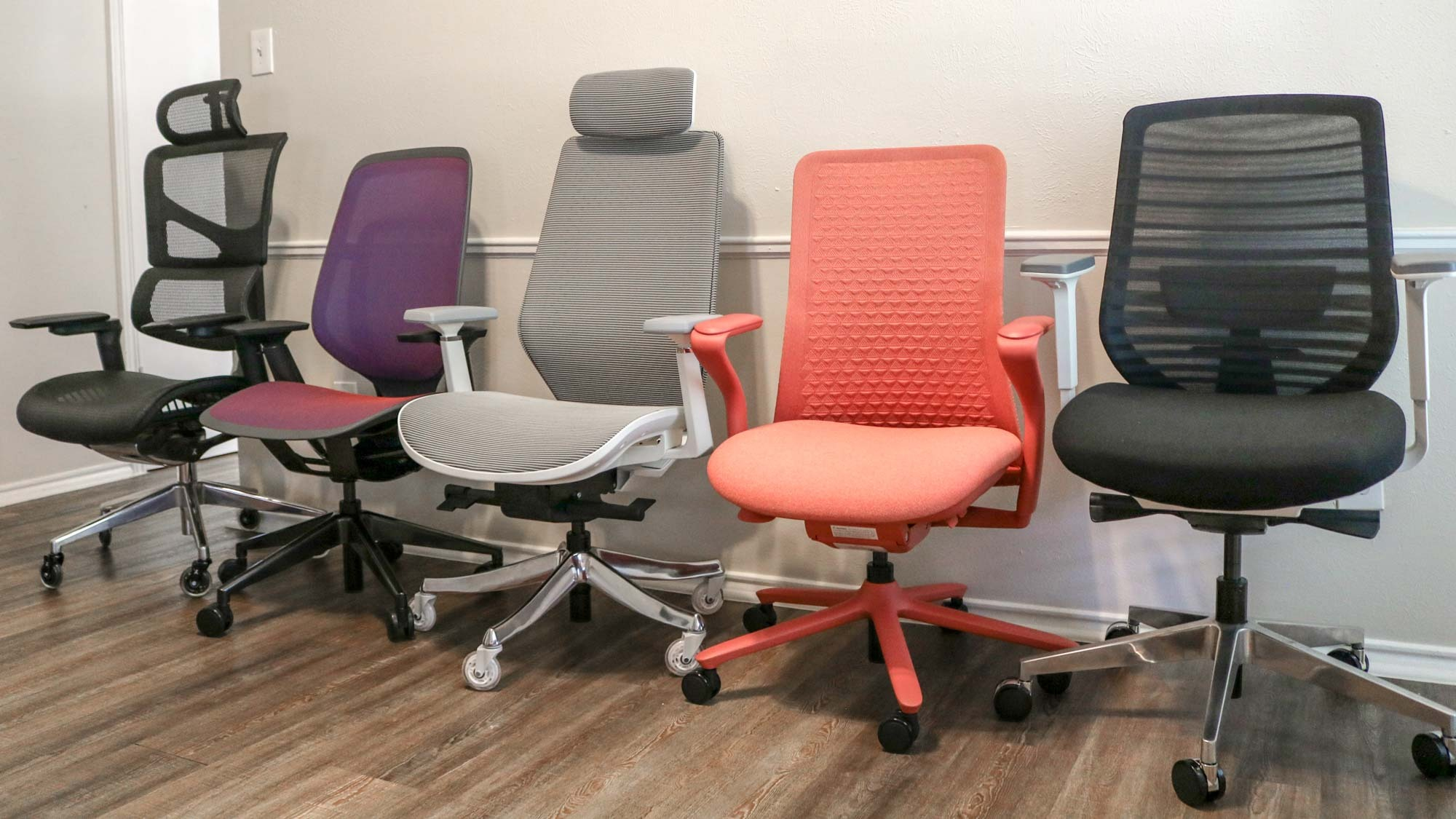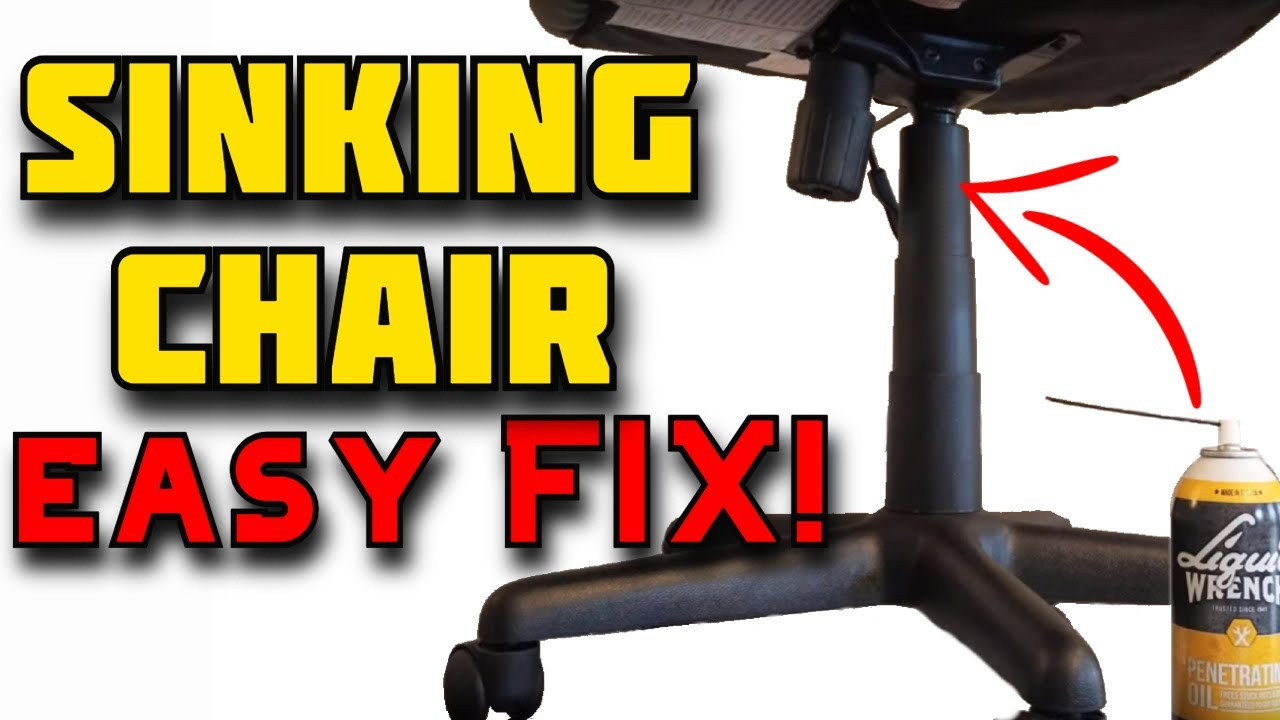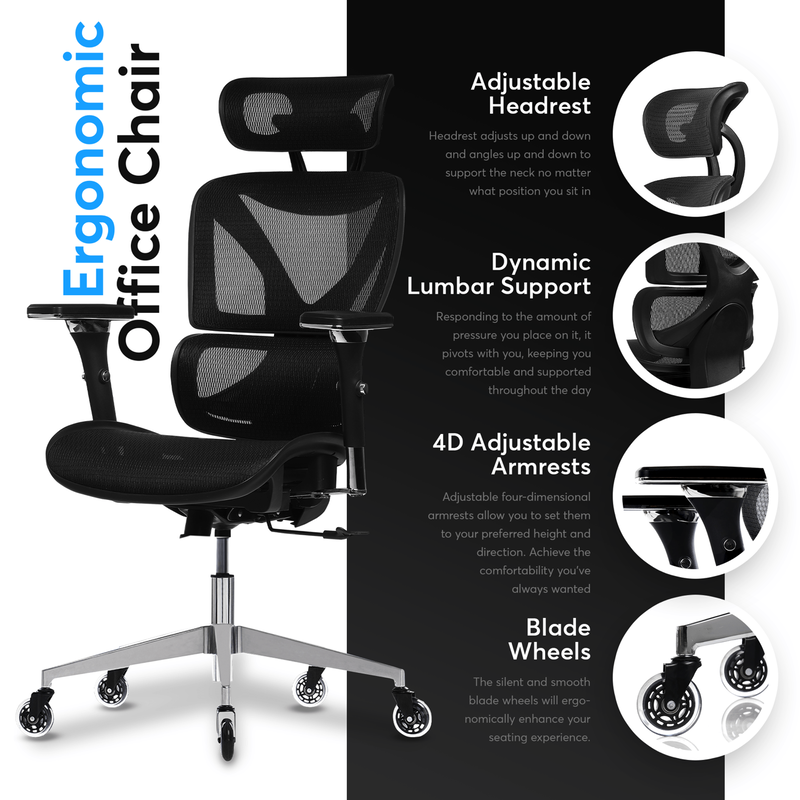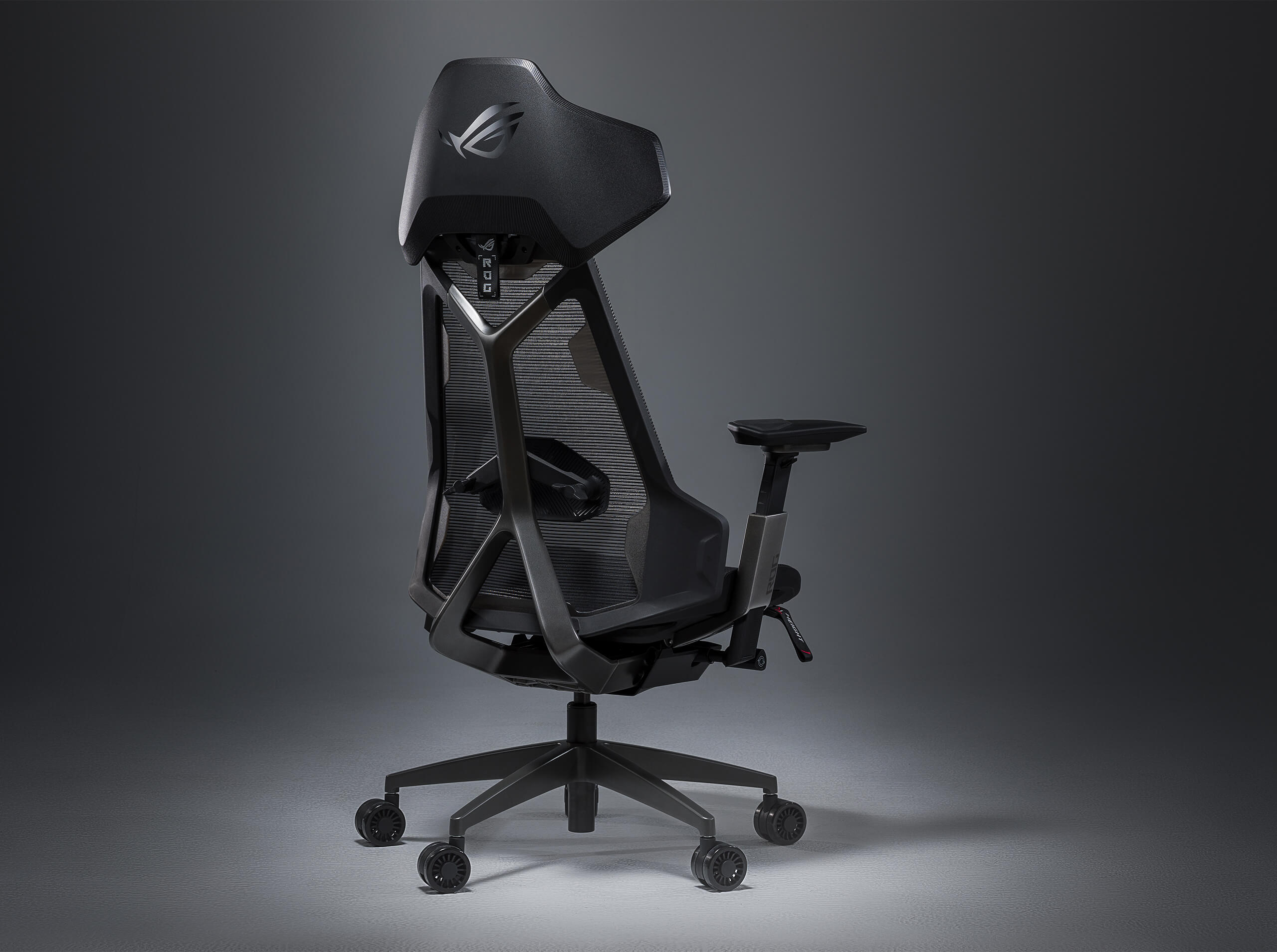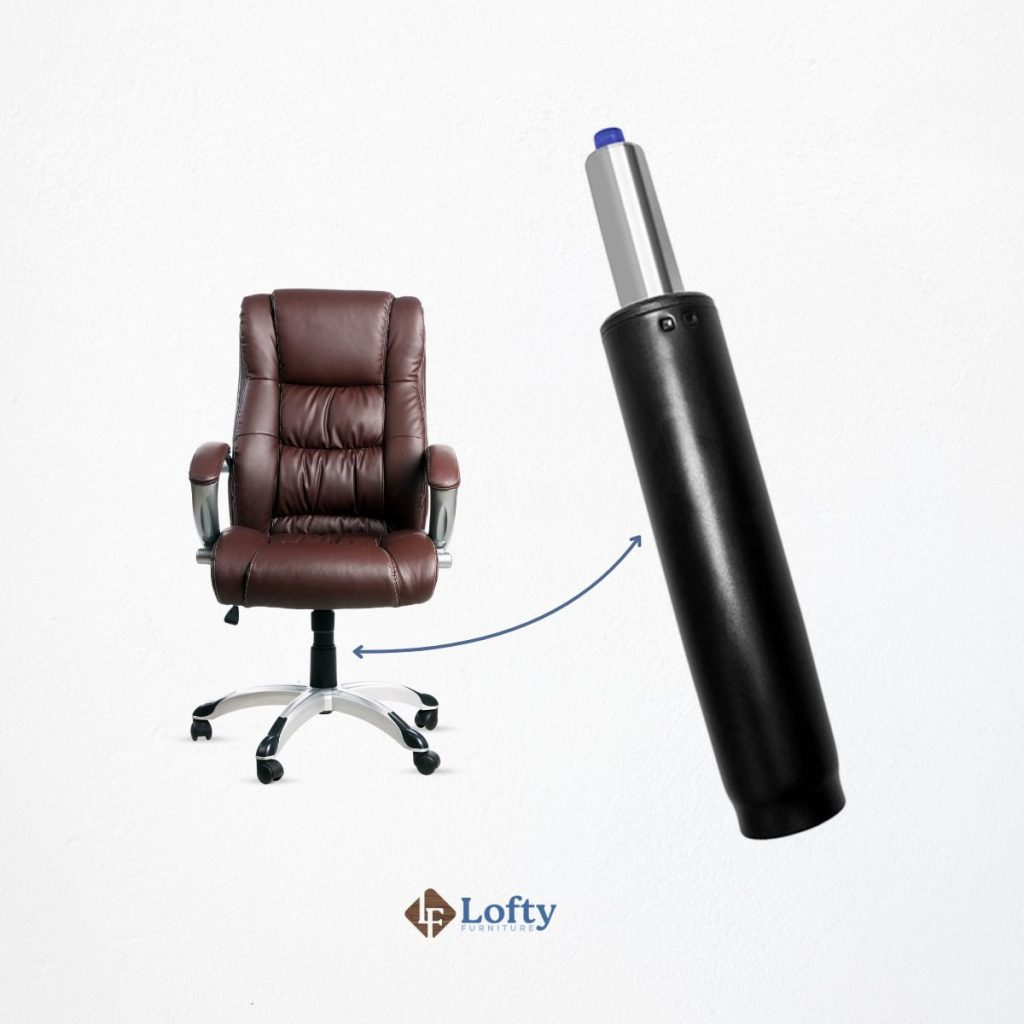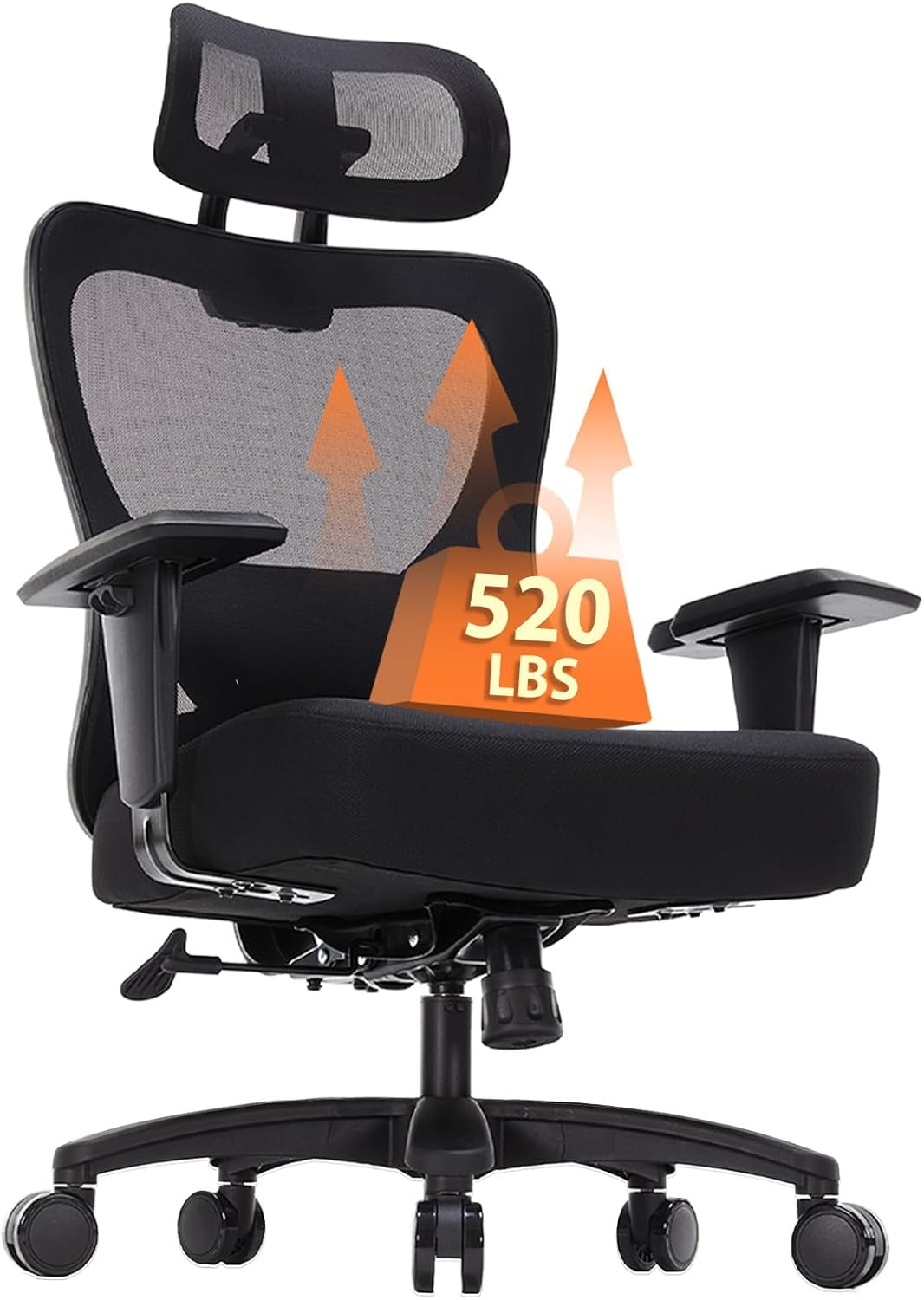We spend a huge chunk of our lives sitting, right? Whether it’s at work, at home, or even just relaxing. So, doesn’t it make sense that the chair we use should be genuinely comfortable and supportive, especially for those of us who might not fit the ‘average’ mold? This isn’t about just ticking boxes on a spec sheet; it’s about feeling good, being productive, and taking care of our bodies. Let’s dive into what really matters when choosing an office chair for plus-size comfort.
So, you’re on the hunt for a new office chair. You’ve probably looked at all the usual features: lumbar support, adjustable armrests, maybe even a fancy headrest. But if you’re a larger individual, you know that ‘standard’ often doesn’t cut it. The frustration of a chair that feels flimsy, digs in, or just doesn’t offer the right kind of support can be immense. It’s a common struggle. Many chairs are designed with a narrow range of body types in mind, leaving a significant portion of the population feeling overlooked. This isn’t just an inconvenience; it can impact your health, your focus, and your overall well-being throughout the workday. We need chairs that are built with robust construction and thoughtful design, catering specifically to the needs of plus-size individuals. Let’s explore what truly makes a chair a great choice for lasting comfort and support.
Weight Capacity: The Non-Negotiable Foundation
This is the big one, and it’s where many standard chairs fall short. Don’t just glance at the number; understand what it truly means. A higher weight capacity isn’t just about preventing a catastrophic collapse (though that’s important too!). It signifies a chair built with stronger materials and a more robust internal structure. Think reinforced steel frames, heavy-duty gas lifts, and sturdy bases. A chair rated for, say, 400 lbs or more will generally offer a more stable and durable experience than one rated at 250 lbs. It’s about peace of mind and knowing your chair can handle the demands of daily use without compromising on safety or longevity. Always check the manufacturer’s specifications and, if possible, look for user reviews that specifically mention how the chair holds up under significant weight.
Seat Depth and Width: Room to Breathe and Settle In
This is where comfort really starts to take shape. For plus-size individuals, a seat that’s too narrow can be incredibly uncomfortable, leading to pressure points and a feeling of being squeezed. Look for chairs with a wider seat pan, offering ample space to sit comfortably without feeling restricted. Equally crucial is the seat depth – the distance from the front edge of the seat to the backrest. A seat that’s too shallow won’t provide enough thigh support, potentially leading to discomfort and poor circulation. Ideally, you want to be able to sit with your back against the backrest and still have a few fingers’ width between the front edge of the seat and the back of your knees. This ensures proper weight distribution and reduces pressure on your thighs and calves. Some chairs even offer adjustable seat depth, which is a fantastic feature for fine-tuning your fit.
Backrest Support: More Than Just a Place to Lean
The backrest plays a vital role in maintaining good posture and preventing back pain. For plus-size comfort, the backrest needs to be not only tall enough to support your entire back but also wide enough to provide ample surface area. Consider chairs with a substantial lumbar support curve that can be adjusted to your specific needs. This curve should fit snugly into the natural inward curve of your lower back, helping to maintain the spine’s natural alignment. Some chairs offer highly adjustable lumbar support, allowing you to move it up, down, and even in and out. This customization is key to finding that sweet spot of support that prevents slouching and reduces strain. High-back chairs, extending up to the shoulders or even the head, can also offer superior overall support and a greater sense of security.
Armrests: Supportive and Unobtrusive
Armrests are often an afterthought, but for a comfortable seating experience, they’re quite important. They help to alleviate pressure on your shoulders and neck by allowing you to rest your arms. For plus-size individuals, armrests need to be positioned correctly and be sturdy enough to offer genuine support. Adjustable armrests are a must-have. Look for those that move up and down, and ideally, forward, backward, and pivot inwards or outwards. This adjustability allows you to find a position where your shoulders are relaxed and your elbows are at roughly a 90-degree angle when your hands are on your desk. Some chairs offer ‘4D’ adjustable armrests, giving you the most flexibility. Importantly, ensure the armrests don’t feel like they’re digging into your sides or restricting your movement.
Cushioning and Upholstery: The Feel Factor
Beyond the frame and adjustments, the actual feel of the chair matters. High-density foam cushioning is generally preferred over softer, low-density foam. High-density foam provides better support and is less likely to compress and flatten over time, which can happen quickly with less robust materials. This means the chair will retain its supportive qualities for longer. When it comes to upholstery, breathable materials like mesh or fabric are often more comfortable than vinyl or leather, especially during warmer months, as they allow for better air circulation. If you opt for leather, look for high-quality, supple leather that won’t feel sticky. The distribution of the cushioning is also important; you want even padding without hard edges or pressure points.
Mobility and Stability: Smooth Sailing
A good office chair needs to move with you, but it also needs to stay put when you want it to. Look for chairs with a heavy-duty base, typically a five-star base, made from robust materials like steel or reinforced aluminum. This provides a stable foundation. The casters (wheels) should also be appropriate for your flooring. Standard casters are usually fine for carpet, but if you have hard floors, you might want to consider softer rubber casters to prevent scratching and ensure smoother rolling. The chair should glide easily when you need to move, but the base should prevent any wobbling or tipping, even when you shift your weight. A chair that feels solid and grounded offers a much greater sense of security and comfort.
Finding the right office chair is more than just a purchase; it’s an investment in your comfort, productivity, and long-term health. By looking beyond the basic specifications and focusing on features that cater to plus-size comfort – like robust weight capacity, generous seat dimensions, supportive backrests, adjustable armrests, quality cushioning, and stable bases – you can find a chair that truly supports you. Don’t settle for a chair that makes you feel uncomfortable or restricted. Take the time to research, read reviews, and, if possible, try chairs out. Your body will thank you for it, day after day.

